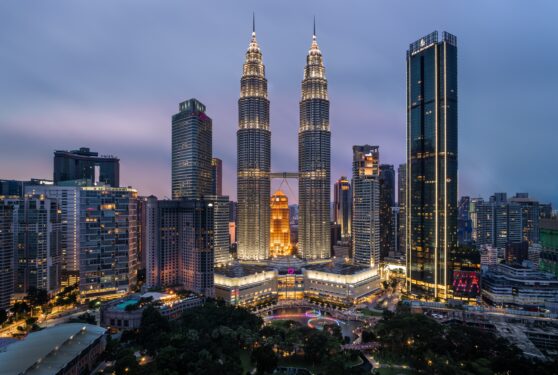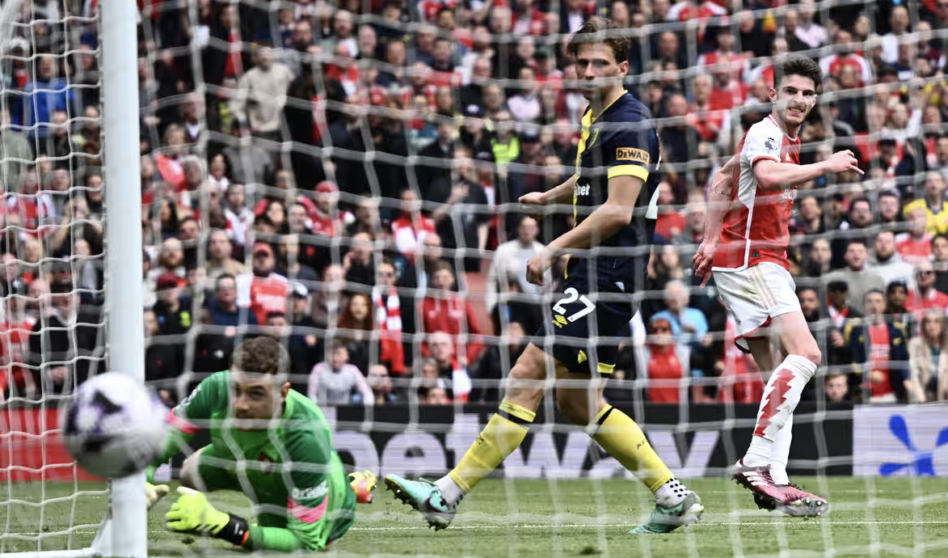
By Xavier Kong
THE recent briefing on the outlook of the automotive industry for 2020 by Malaysia Automotive, Robotics and Internet-of-Things (IoT) Institute (MARii) CEO Datuk Madani Sahari offered more details about the National Automotive Policy (NAP) 2020 but also raised its own set of questions.
What actually stands out is the aim for the Malaysian auto industry to move towards exports, rather than a focus on the domestic market as it stands right now.
National car producer Proton has been going back to its overseas forays, ever since it found China-based Geely as a strategic partner, a partner who now owns a 49.9% stake in Proton. (So is Proton still a national car, or a dual-national car? Hmmm.)
In any case, this has opened doors for Proton, doors that have helped it not only get back on its feet, but to also turn things around with a whopping 33% year-on-year (yoy) increase to its revenue to RM7 bil, as well as turn it from a division that was losing over RM200 mil in its 2018 financial year to one that has turned a pre-tax profit of RM342 mil.
A particular door here is that Proton models are now sold in China under strategic partner Geely, and this has brought about a new market for Proton to tap into.
Okay, right, apologies, but this talk of new markets brings to mind a certain video on the internet, where beloved Top Gear host Jeremy Clarkson once bought a brand-new (then) Perodua Kelisa, took a hammer to it, hung it with a one-tonne weight for it to be drawn and then blew up the remains with four sticks of dynamite. Also coming to mind is a video snippet where Clarkson just plain refuses to touch the Proton Wira. Coming to mind as well is how he drove the Myvi around with absolutely nothing nice to say about it.
It should be noted that these videos came about at the height of Malaysia’s previous attempt at having our cars sold around the world, which would be the 90s. Then, Proton and Perodua were actually exporting cars to several countries, with the UK, Australia, and Singapore featuring, as well as South American countries like Chile and Middle Eastern countries like Iran and Egypt.
However, it should be noted that by the time 2016 rolled around, a number of countries had stopped importing Proton cars. At the same time, as of 2019, Perodua exported fewer than 3,000 cars, with most of them bound for Indonesia.
In all honesty, as much as the optimism that can be garnered when it was shared by Madani that Malaysia’s production is almost meeting domestic demand, thus signaling the nation’s automotive industry as being ready to take on the world, a word of caution seems advisable at this point, especially about overreaching.
While it is indeed true that both Proton, and now Perodua, have experienced the global market, both have either failed to sustain those operations or show results of low significance, which leads to a need to not overextend or overreach the capabilities of the nation, as well as the good name that is being re-established for the nation’s national cars.
In a throwback to Clarkson’s feedback, he called the Myvi a slew of names, including a car built by a company focused on making money, instead of by people focused on making a good car. This was, however, refuted by Perodua, citing that its customers had not complained.
Yes, it rankles, it stings, it hurts. But this actually brings to mind an important question: Are Malaysian cars now ready to reach into the competitive global market, where it may not just be about functionality and quality, but about aesthetics and comfort as well?
In all fairness, there is nothing in the world that can please everyone, but the experiences of the past should be taken into account in this move to put Malaysia back into a more prominent position in the global market. A focus should also be placed on identifying potential pitfalls, along with the steps necessary to circumvent, negate, or diffuse the impact from those pitfalls.
There is also the option of further developing into a niche market to do well in, thus reducing competition and eliminating more risks. Taking on a blue ocean mindset, which targets an open market with few competitors, seems a better proposition than jumping back into a market where competitors are aplenty, with market share having to be fought for tooth and nail.
In the end, one can only be cautiously optimistic that Malaysians can once again lift our heads high when our fair nation is mentioned (and being able to tell people we are a market leader in such a form of car would do just that) instead of hanging our heads at the turmoil Malaysia has been known for in recent years. – March 6, 2020









